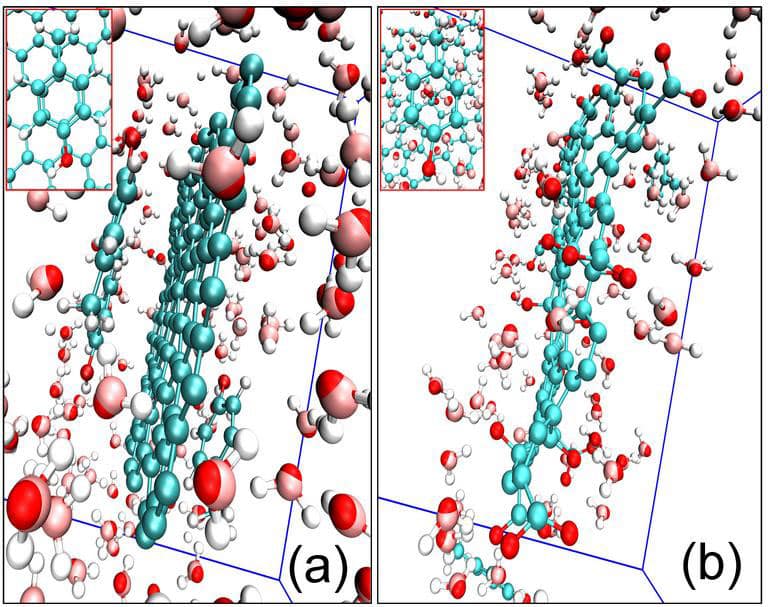Nowadays, diapers don’t need to be changed frequently because they can lock in a lot of moisture and absorb a lot of it. However, the smell is still a problem. A new dissertation from the University of Gothenburg shows that activated carbon could also eliminate urine smell from diapers.
Isabelle Simonsson at the University of Gothenburg said, “The odour molecule is called p-cresol and is an organic, volatile hydrocarbon. It causes the strong odor associated with pig farming and horse stables. P-Cresol is also found in human urine and is hydrophobic, which means it avoids water. That’s one of the reasons why it is released from urine into the surrounding air, in other words, that the odor spreads.”
Activated carbon, which mostly consists of the carbon variation graphene, can lock in odor instead of releasing it into the environment, according to experiments with the odor molecule p-cresol.

Diaper and other hygiene product manufacturers have long understood the ability of an electrically charged surface to absorb smells. Even though there is an old patent on this, most of it included testing various materials to find what worked. There is no solution as a consequence of the experiments.
The dissertation’s major objective is to determine which material characteristics are crucial for adsorbing odor molecules from urine. Activated carbon, a cheap and environmentally benign ingredient now utilized in practically every kitchen fan to neutralize odors, was one of the materials employed.
Tests using variously altered carbon materials revealed that the least-charged carbon was more successful at drawing p-cresol molecules from the liquid, resulting in reduced odor. The smell molecule was most effectively captured by activated carbon, primarily made of the carbon variation graphene.
Simonsson said, “Our findings show a direct ‘ion-specific effect’ on the material’s properties and adsorption capability in synthetic urine. Activated carbon has a large surface area, which is good at adsorbing odor molecules.”
“The same effect was not achieved in tests in which p-cresol was dissolved in water due to the salts in urine. The salt ions, including sodium, reduce the water solubility of organic molecules, which then bind to the activated carbon instead.”
“These results are promising, but there are obstacles to developing an odorless diaper. Like color. Can you sell a black diaper?”
Link to thesis: Click here.
